282 posts
Latest Posts by astrotidbits-blog - Page 4
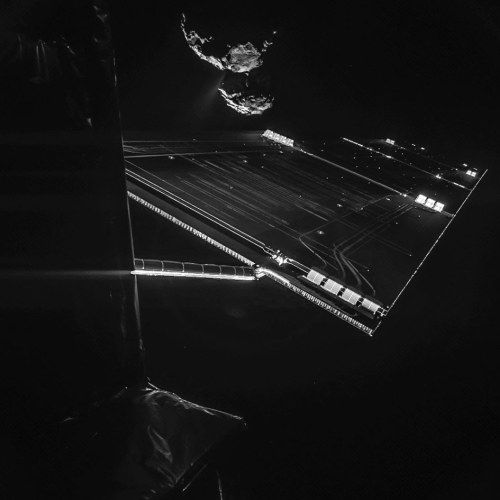
Comet 67P/C-G is framed by one of Rosetta’s solar wings, which is 46 feet long. A stream of gas and dust extends from an active area of the comet’s neck, about 10 miles away. (via NY Times)
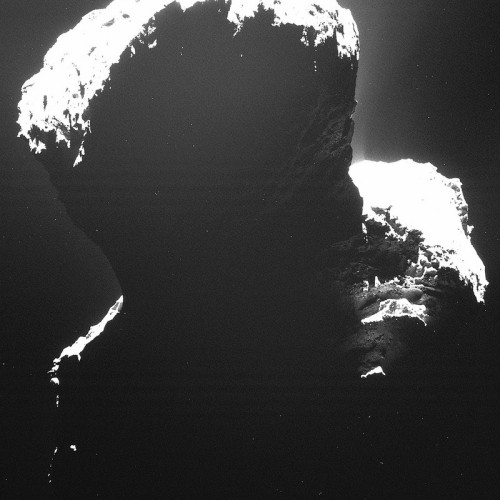
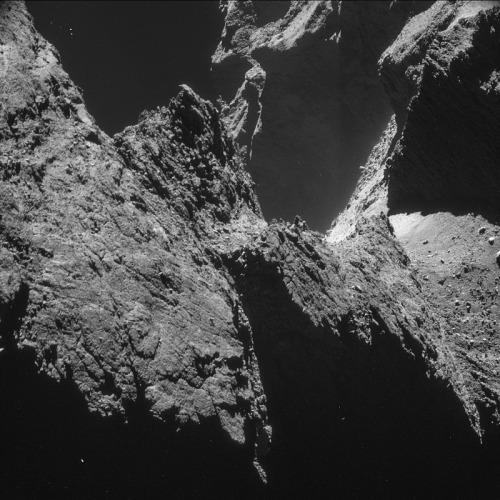
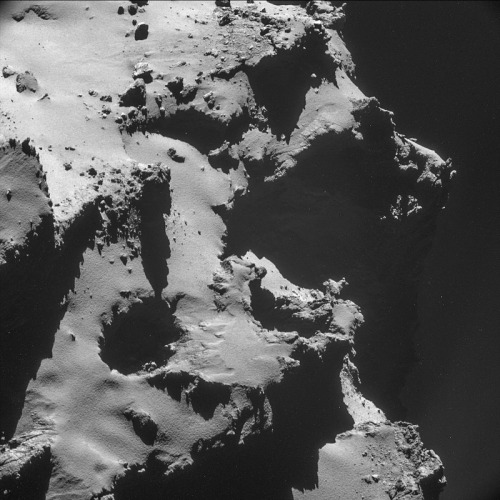
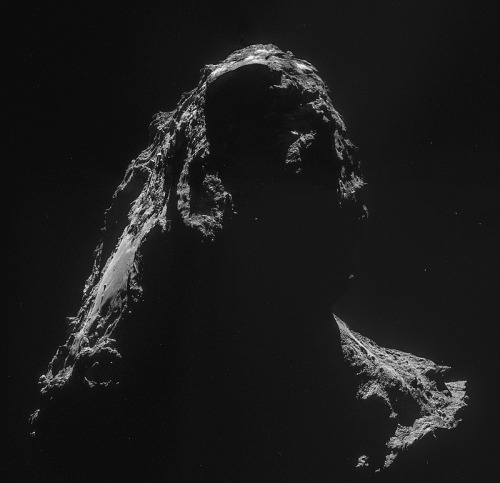
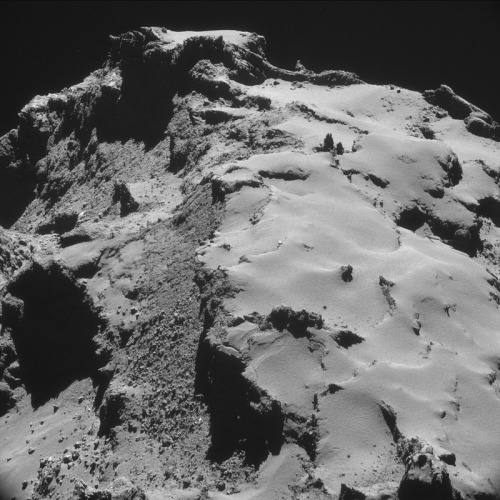
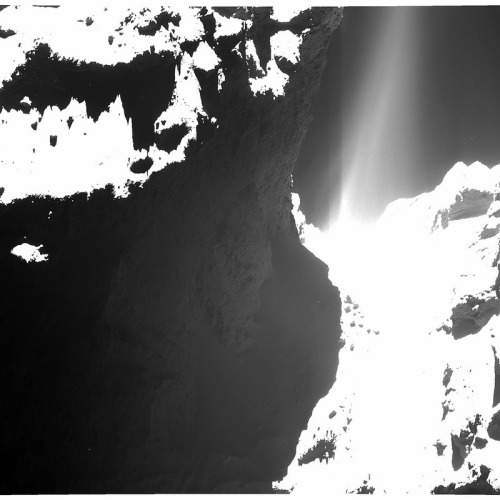
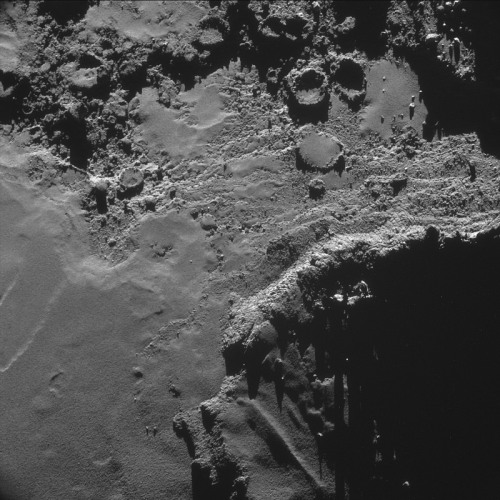
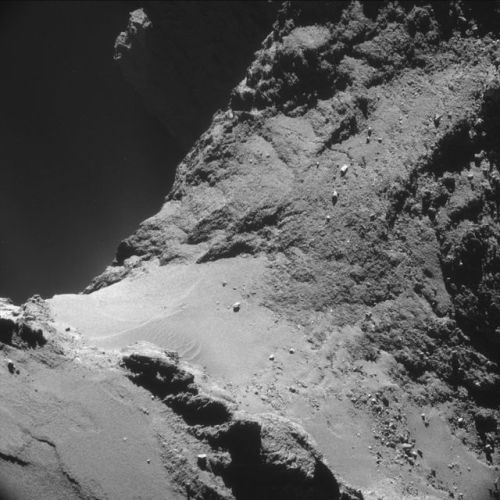
This is what a comet looks like, up close and personal.
PHOTOS FROM AN ALIEN WORLD.
I am so excited I can’t even. Source: ESA’s Flickr feed.
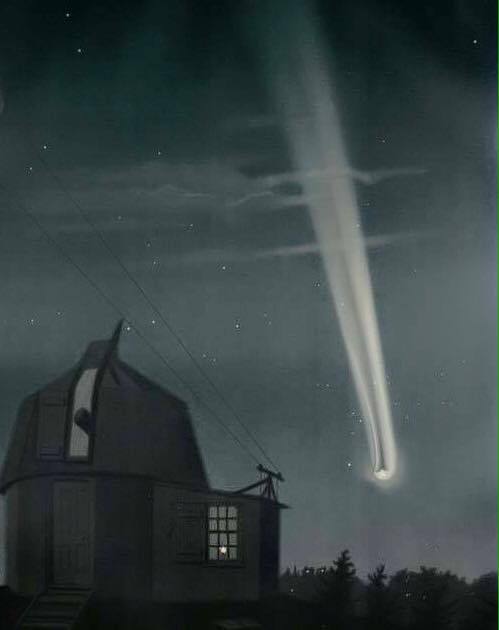
The Great Comet of 1881 - Étienne Léopold Trouvelot 1881
French 1827-1895
Vintage illustration, Comet over observatory in night time sky
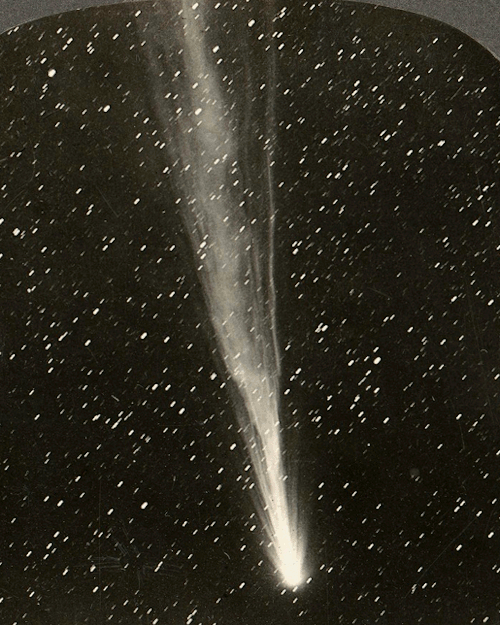
Morehouse’s Comet, photographed in stereograph in 1908 or shortly thereafter. It is not known whether this comet has a closed-loop orbit, but if it does it will not return to earth for millions of years.
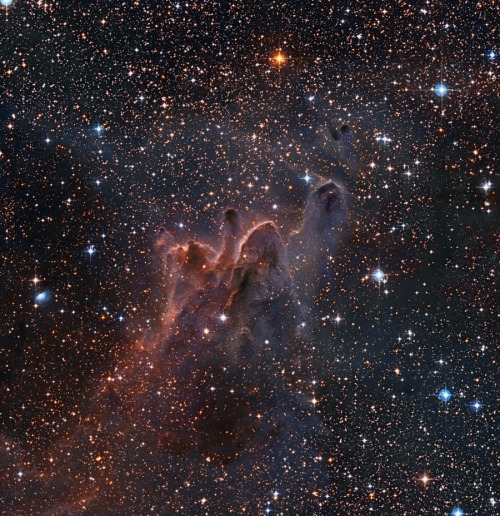
Cometary Globules
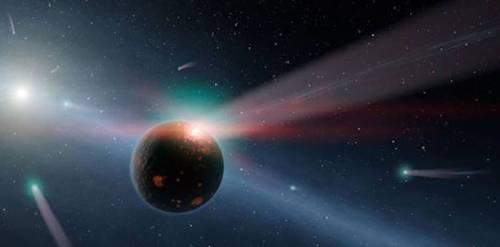
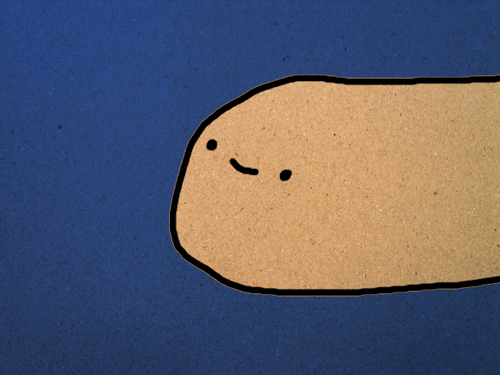
Comets may hold the secret to the origin of life on Earth
We’ve studied life on Earth extensively, but we still have no idea where it came from. Some scientists think it may have spontaneously arisen on Earth by some unknown process. Others think the ingredients for life were delivered here by comets crashing into Earth in the early days of the solar system. The latter theory just got a huge boost.
Follow @the-future-now

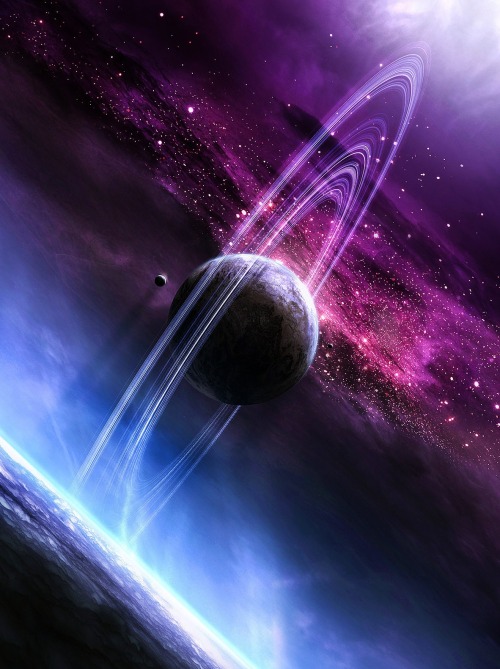

Comet Lovejoy C/2013 R1. Taken by Gerald Rhemann, December 2013.
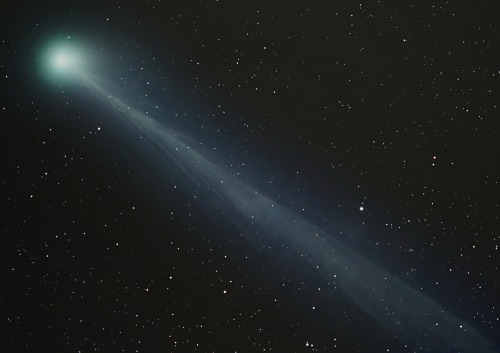
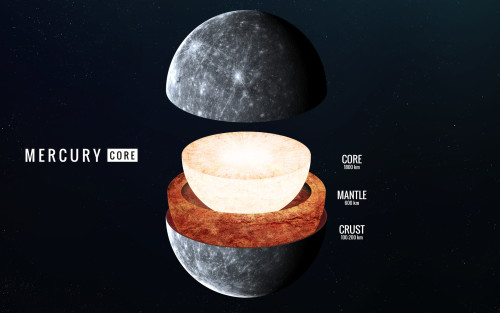
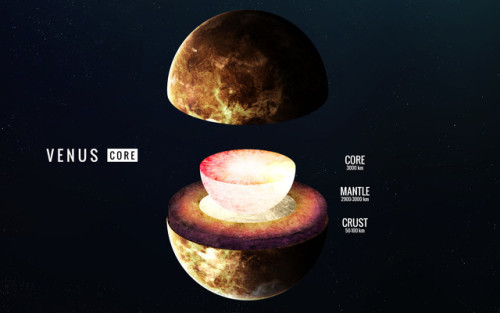

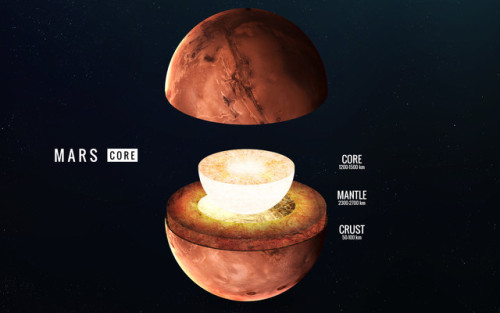
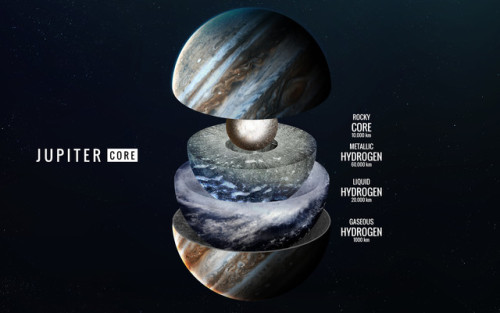
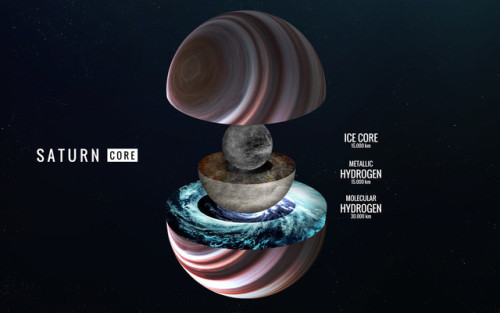
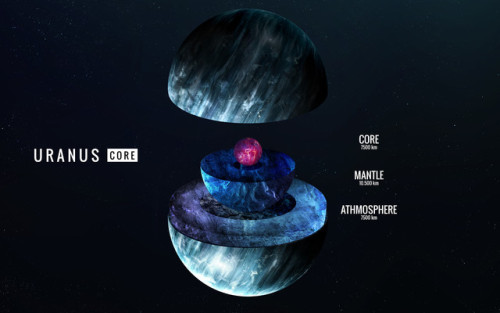
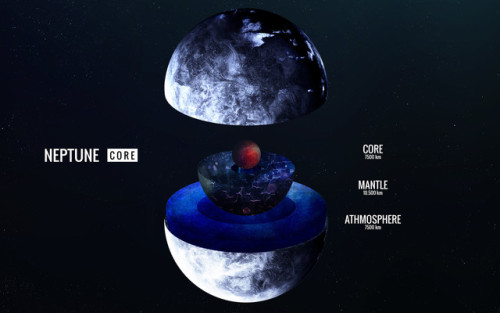
Inside - Vadim Sadovski
Great collection of astronomical articles and pictures
Come check us out for all your astronomy needs!!!
www.astrotidbits.com
Titan Touchdown
On Jan. 14, 2005, ESA’s Huygens probe made its descent to the surface of Saturn’s hazy moon, Titan. Carried to Saturn by NASA’s Cassini spacecraft, Huygens made the most distant landing ever on another world, and the only landing on a body in the outer solar system. This video uses actual images taken by the probe during its two-and-a-half hour fall under its parachutes.
Titan Touchdown
On Jan. 14, 2005, ESA’s Huygens probe made its descent to the surface of Saturn’s hazy moon, Titan. Carried to Saturn by NASA’s Cassini spacecraft, Huygens made the most distant landing ever on another world, and the only landing on a body in the outer solar system. This video uses actual images taken by the probe during its two-and-a-half hour fall under its parachutes.
JPL Engineer explains how they are testing the next generation of Mars parachutes in the video “LDSD: We Brake for Mars”
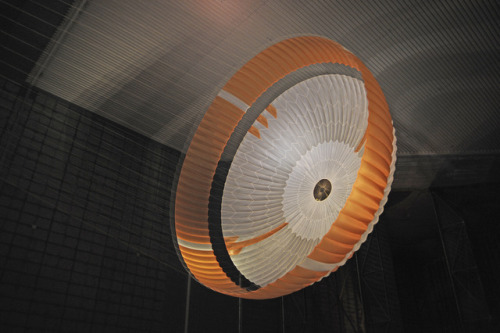
open parachute during tests for Mars Science Laboratory

Ted Chin
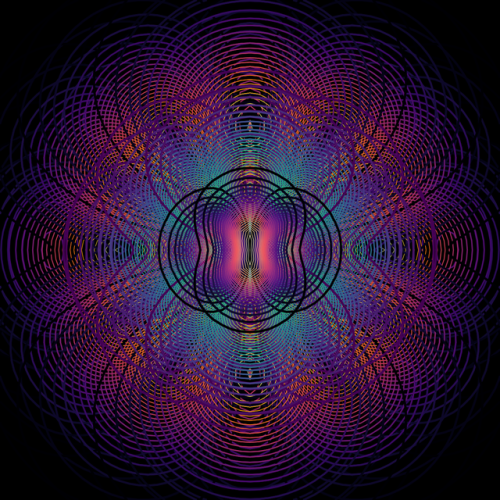
don’t assume the gender of my HYDROGEN! ok
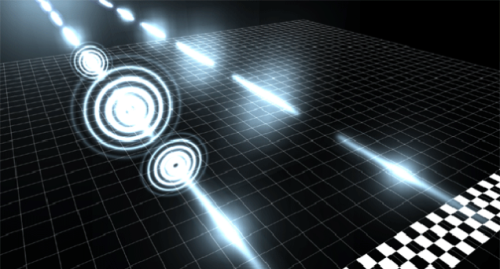
Scientists slow the speed of light
By Kenneth Macdonald
A team of Scottish scientists has made light travel slower than the speed of light.
They sent photons - individual particles of light - through a special mask. It changed the photons’ shape - and slowed them to less than light speed.
The photons remained travelling at the lower speed even when they returned to free space.
The experiment is likely to alter how science looks at light.
Continue Reading
Explain this to me...
“Quantum cryptography uses the quantum properties of photons to guarantee perfect secrecy. But one of its lesser known limitations is that it only works if Alice and Bob are perfectly aligned so that they can carry out well-defined polarization measurements on the photons as they arrive. Physicists say that Alice and Bob must share the same reference frame. That’s OK if Alice and Bob are in their own ground-based labs, but it’s a problem in many other applications, such as ground-to-satellite communications or even in chip-to-chip communications, because it’s hard to keep chips still over distances of the order of the wavelength of light. Now a group of UK physicists have developed a way of doing quantum cryptography without sharing a reference frame. The trick is to use entangled triplets of photons, so-called qutrits, rather than entangled pairs. This solves the problem by embedding it in an extra abstract dimension, which is independent of space. So, as long as both Alice and Bob know the way in which all these abstract dimensions are related, the third provides a reference against which measurements of the other two can be made. That allows Alice and Bob to make any measurements they need without having to agree ahead of time on a frame of reference. That could be an important advance enabling the widespread use of quantum cryptography.”
How do we know light is a wave?
Before I answer this question, I’ll need to briefly go over a wave property called superposition. Basically, superposition is the idea that two waves can be in the same position at the same time, and interfere with each other:
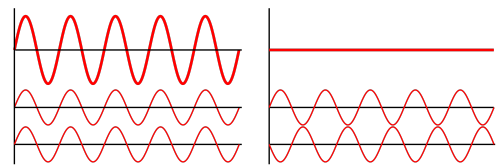
When the two waves add to each other and make a larger wave, we call this constructive interference. When the waves cancel each other out, we call this destructive interference.
Now we’re going to move on to the Double Slit Experiment. Basically, you shine a beam of light at a piece of metal, cardboard, etc with two slits in it, with a surface behind it where you can see the light hit it.
If light is a wave, what we’d expect to see would be an interference pattern created by the light from the first slit interfering with light from the second slit, which is exactly what we see. It’s a pattern of constructive interference (brighter regions) and destructive interference (darker regions), looking like this:
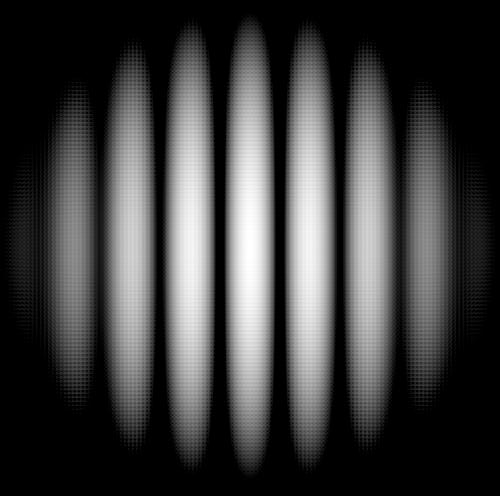
These images are helpful:
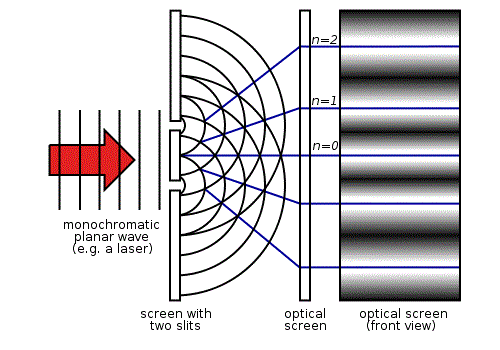
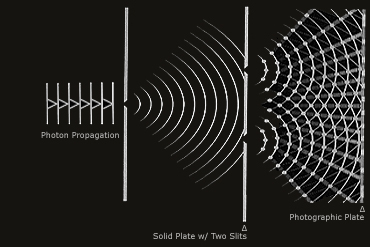
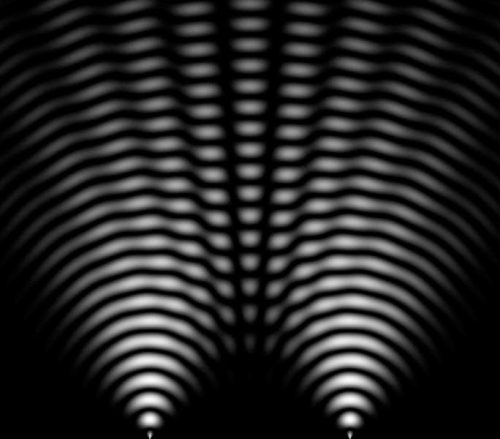
that is how we know light acts as a wave!!
Why Neutrinos are so Weird
If you held out your thumb, every second about 65 billion neutrinos will pass through it. Besides photons, neutrinos are the most abundant particle in the universe, and by far the most unique.
The existence of the neutrino was first theorized by Wolfgang Pauli, after noticing how energy didn’t seem to be conserved in beta decay. He believed that the missing energy was being carried away by some “invisible” particle. He would later say “I have done a terrible thing, I have postulated a particle that cannot be detected.”
Although elusive, neutrinos can be detected, but it requires sensitive, and often massive detectors. After finding that neutrinos came in three types: electron, muon, and tau, a problem seemed to emerge. Electron neutrinos are created all the time in the Sun, as a by-product of nuclear fusion, but they would always find only a third of the total number of electron neutrinos they were expecting. So, where did the missing neutrinos go?
It turns out, neutrinos actually oscillate back and forth between the three different types. So, by the time the neutrinos from the Sun had reached Earth, two thirds of them have turned into muon and tau neutrinos. This discovery was especially surprising, since everyone thought neutrinos had no mass, like the photon. The fact that neutrinos could change in-flight implied that they could experience time, and due to special relativity, this means they must have mass.
While that mystery has been solved, we still have plenty to learn from these strange particles. Exactly how much do they weigh? Although we know they must have mass, they are so light, we can’t tell how much. Since they have no electric charge, is a neutrino its own anti-particle? Is there more than just three types of neutrinos? Answering these could help us uncover some of the biggest mysteries in physics today.
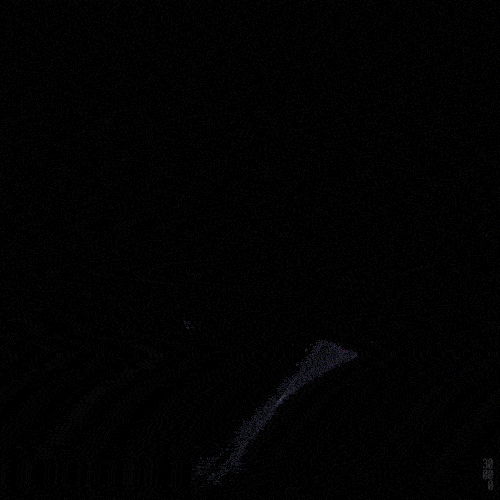
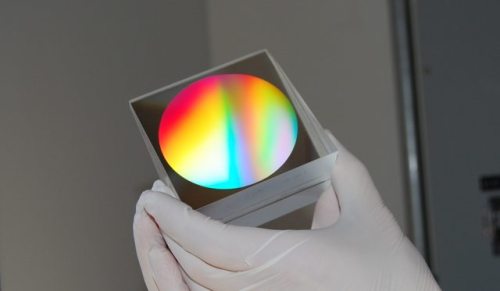

Night lights change in the Middle East between 2012 and 2016
via @nasa
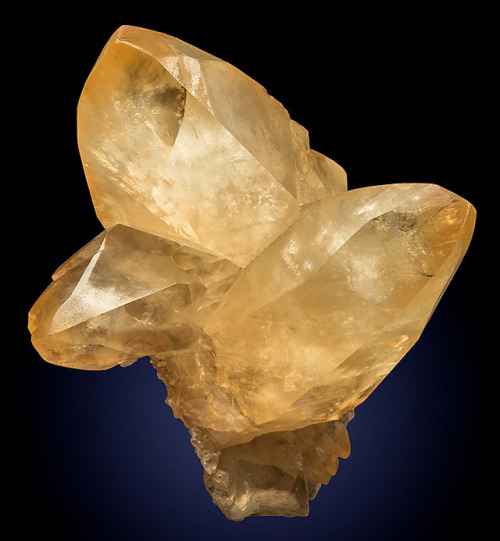
Calcite Cluster on Matrix
Locality: Stoneco Auglaize Quarry (Maumee Stone Co. Quarry), Junction, Paulding Co., Ohio.
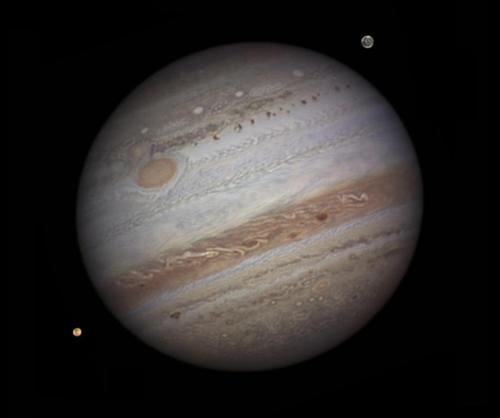
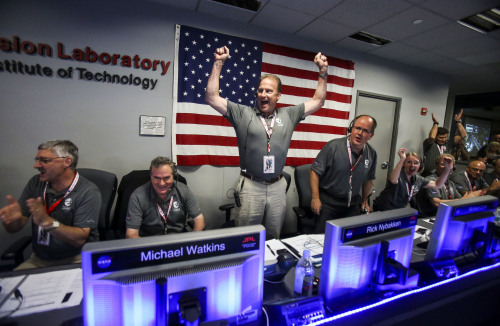
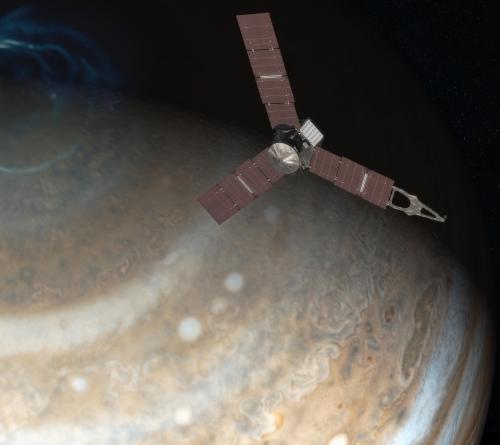
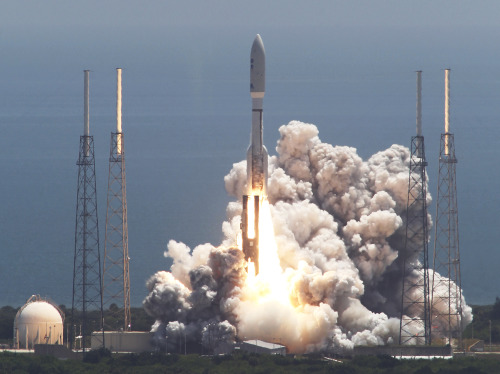
Juno reaches Jupiter
Braving intense radiation, a NASA spacecraft reached Jupiter on Monday after a five-year voyage to begin exploring the king of the planets.
Ground controllers at the NASA Jet Propulsion Laboratory and Lockheed Martin erupted in applause when the solar-powered Juno spacecraft beamed home news that it was circling Jupiter’s poles.
The arrival at Jupiter was dramatic. As Juno approached its target, it fired its rocket engine to slow itself down and gently slipped into orbit. Because of the communication time lag between Jupiter and Earth, Juno was on autopilot when it executed the tricky move.
“Juno, welcome to Jupiter,” said mission control commentator Jennifer Delavan of Lockheed Martin, which built Juno.
In the coming days, Juno will turn its instruments back on, but the real work won’t begin until late August when the spacecraft swings in closer. Plans called for Juno to swoop within 3,000 miles (5,000 kilometers) of Jupiter’s clouds – closer than previous missions – to map the planet’s gravity and magnetic fields in order to learn about the interior makeup. (AP)
Photos: (from top) NASA/Damian Peach, AP Photo/Ringo H.W. Chiu, NASA/JPL-Caltech, AP Photo/Terry Renna)
See more images of Juno reaches Jupiter on Yahoo News



“JUNO PROBE MAKES HISTORY BY ENTERING JUPITER’S ORBIT AFTER FIVE-YEAR JOURNEY”
Last night, NASA and its Juno probe made history by entering a new probe in orbit around Jupiter. The Juno spacecraft, which had left Earth five years ago, finally entered Jovian orbit after a 35 minute rocket engine manoeuvre to slow down its approach to the planet and get caught by its gravity. Unlike other engine firings in the past, Juno’s manoeuvre was especially dangerous since no previous spacecraft had ever dared to pass so close to Jupiter; its intense radiation belts can destroy unprotected electronics. Luckily, since the probe was built like a tank with titanium shielding, a few minutes later, a sequence of tones transmitted from the spacecraft confirmed the braking manoeuvre had been a smashing success prompting wild cheering at NASA’s mission control in Pasadena, California. “All stations on Juno co-ord, we have the tone for burn cut-off on Delta B,” Juno Mission Control had announced. “Roger Juno, welcome to Jupiter.” Juno’s main objective is to sense Jupiter’s structure and chemistry to gather clues on how the gas giant formed some four-and-a-half-billion years ago. However, much of this observation will not take place until mid-October when Juno performs a second rocket engine burn to tighten its orbit to just 14 days. By then, Juno will be able to answer some interesting questions about the planet including where it formed in the early Solar System and whether Jupiter has a solid core or a core made of compressed gas. After the mission ends, Juno is scheduled to dive into Jupiter’s atmosphere in February 2018 to ensure that there is no possibility of it crashing into and contaminating any of Jupiter’s large moons.
Read more about this fascinating story on: http://www.bbc.com/news/science-environment-36710768

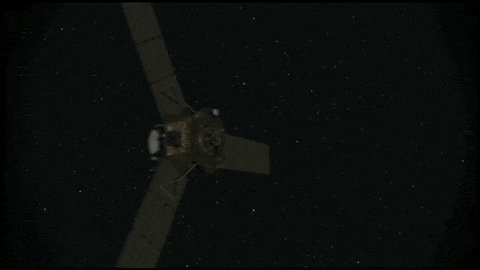
NASA‘s Juno: spacecraft has successfully entered orbit around the gas giant Jupiter.
After five years and 1.7 billion miles the probe accomplish a risky braking manoeuvre in order for it to be hooked by Jupiter’s gravity. NASA’s Jet Propulsion Laboratory, California received the confirmation signal which confirmed Juno had finally entered orbit on July 4. Juno will begin a two-year mission of discovery which will help scientists better understand one of the largest objects in our solar system.
Using Juno’s complex array of cameras and sensors the team hope to answer some long-awaited questions including whether Jupiter actually has a solid core or if it really is just a swirling ball of gas. Another focus will be the Great Red Spot - a massive storm several times the size of Earth that has been raging on the surface of Jupiter for what appears to be hundreds of years. Juno is the fastest spacecraft to ever enter orbit around a planet, travelling at an astonishing 130,000mph by the time it reached the gas giant.